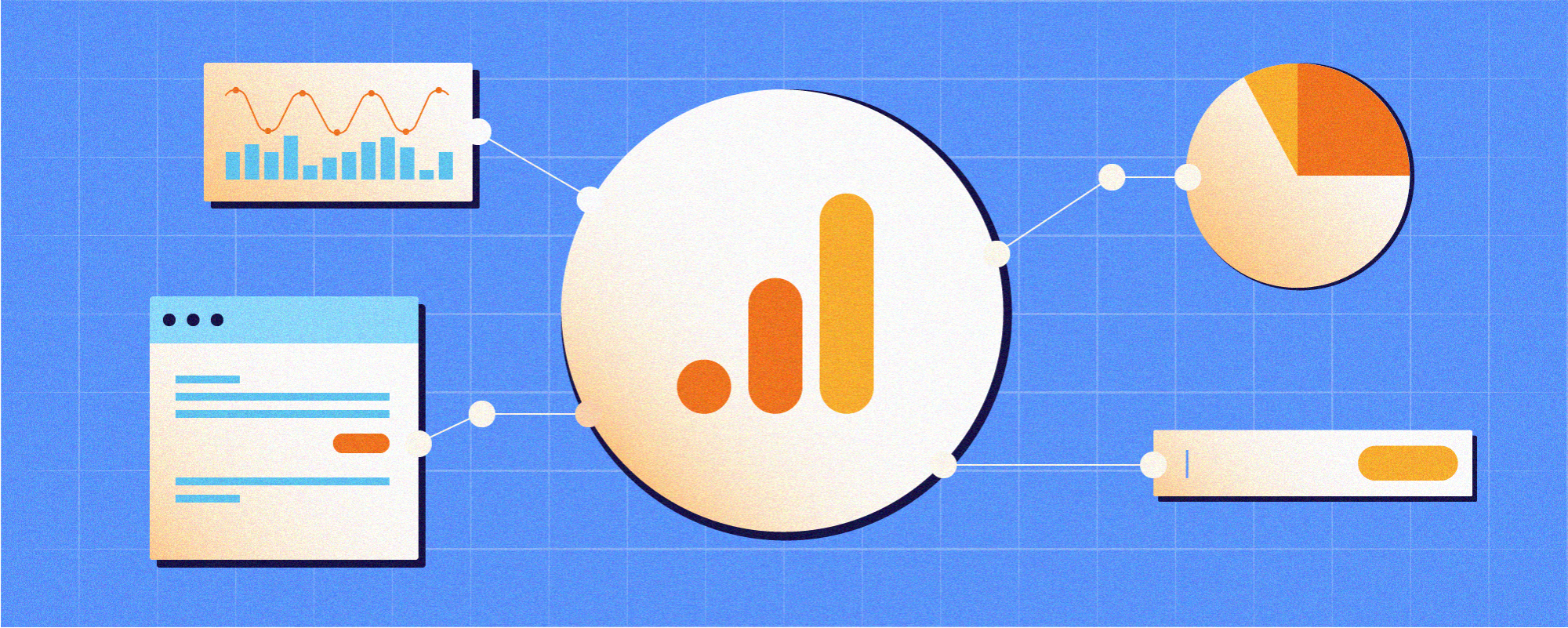As the world of e-commerce continues to expand, businesses must prioritize their user experience (UX) in order to remain competitive. A key component of creating a successful UX is identifying and removing conversion roadblocks – issues that prevent users from completing a desired action, such as making a purchase. One way to identify these roadblocks is through qualitative UX research. In this post, we’ll explore how to use qualitative UX research to identify conversion roadblocks, and why this approach is essential for creating a successful e-commerce website.
What is Qualitative UX Research and Why is it Important?
Before diving into how to use qualitative UX research to identify conversion roadblocks, let’s define what it is and why it’s important. Qualitative UX research involves gathering feedback from users in the form of interviews, surveys, and observation, with the goal of understanding their experiences and behaviors on a website or app. By analyzing this data, businesses can gain insights into how users interact with their website, what frustrates them, and what motivates them to take action.
So why is qualitative UX research important? First, it allows businesses to better understand their users and create a more user-friendly experience. By identifying roadblocks and pain points, businesses can make necessary changes to improve the user experience and increase conversions. Second, qualitative UX research provides valuable insights that can inform design decisions and help prioritize future improvements. By understanding what users want and need, businesses can make informed decisions that lead to a better overall experience.
How to Conduct Qualitative UX Research to Identify Conversion Roadblocks
Now that we understand the importance of qualitative UX research, let’s dive into how to conduct it to identify conversion roadblocks. There are several methods businesses can use to gather qualitative data, including:
- User Interviews: Conducting interviews with users can provide valuable insights into their experiences and behaviors on a website. Businesses can ask questions about what users like and dislike about the website, what they find confusing or frustrating, and what motivates them to take action.
- Surveys: Surveys are a quick and efficient way to gather feedback from a large number of users. Businesses can use surveys to ask specific questions about the user experience, such as how easy it was to find a product or complete a checkout.
- Observations: Observing users as they navigate a website can provide valuable insights into their behavior and frustrations. By watching how users interact with a website, businesses can identify areas where users get stuck or confused. (We use FullStory to help us with this!)
Once businesses have gathered qualitative data, they can use it to identify conversion roadblocks. Some common roadblocks include:
- Confusing Navigation: If users have a hard time finding what they’re looking for on a website, they’re more likely to abandon their purchase. Businesses should ensure that their website is easy to navigate, with clear labels and a logical hierarchy.
- Complicated Checkout Process: A complicated checkout process is a major conversion roadblock. Businesses should strive to make the checkout process as simple and streamlined as possible, with clear calls to action and minimal steps.
- Lack of Trust: If users don’t trust a website, they’re unlikely to make a purchase. Businesses should ensure that their website is secure and that they have clear policies in place for things like returns and refunds.
The Importance of Using Qualitative UX Research to Improve Conversion Rates
In conclusion, qualitative UX research is an essential tool for identifying conversion roadblocks and creating a successful e-commerce website. By gathering feedback from users and analyzing their experiences and behaviors, businesses can identify pain points and make necessary changes to improve the user experience. This, in turn, can lead to increased conversions and a more successful online business.
When conducting qualitative UX research, it’s important to use a variety of methods, including user interviews, surveys, and observations. By leveraging qualitative data pre- and post-optimization, organizations can track their impact and make data-driven decisions about future investments. Roboboogie is the one-stop-shop for uncovering user pain points, gathering feedback, and measuring the success of digital transformation efforts. Our expertise in Analytics, User Research, Design, and Technology provides actionable and measurable insights, with flexible services to meet you where you’re at in your optimization efforts.





